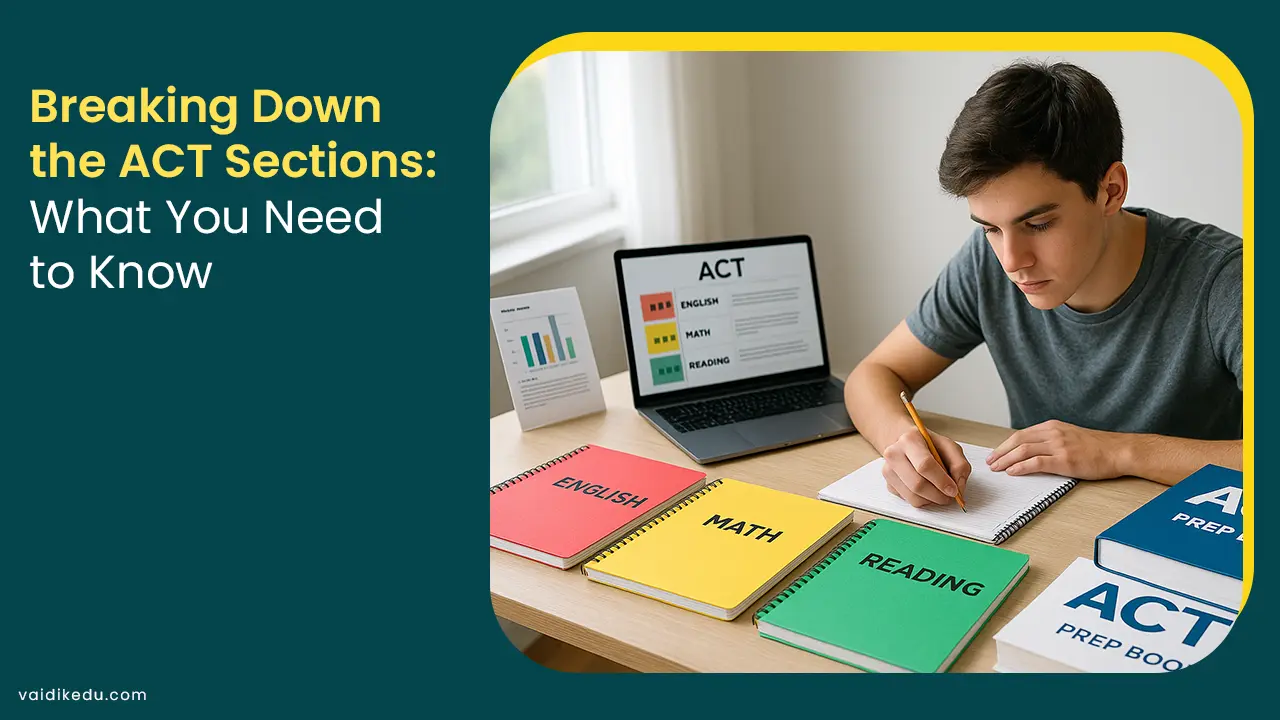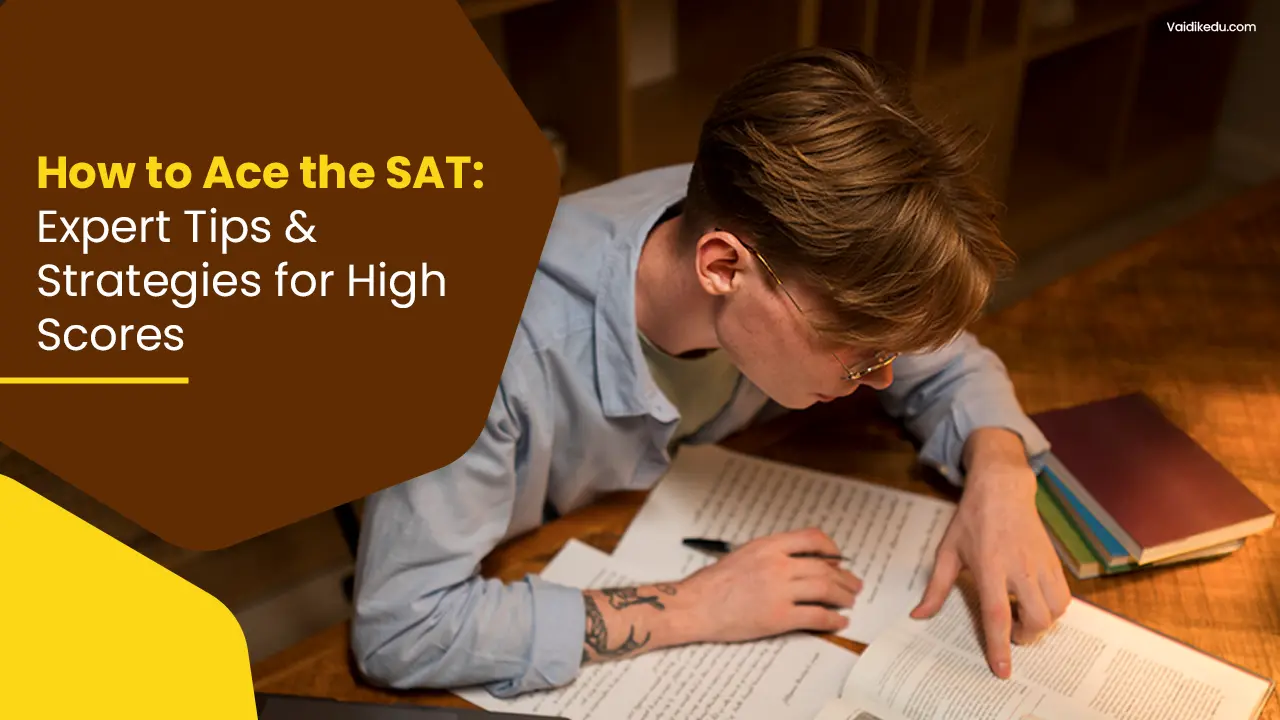The education industry is transforming with the use of Artificial Intelligence (AI). AI is revolutionizing the way students learn, teachers teach and schools/colleges operate. AI is no longer a futuristic concept, it has rapidly become a reality for classrooms across the globe.
Personalized Learning
One of the most significant impacts of AI is the rise of personalized learning. Imagine a classroom where each student has a unique learning experience tailored to their individual strengths, learning styles and weaknesses.
- Adaptive Learning Platforms: AI powered platforms can analyze student data to create customized learning paths. This allows students to learn at their own pace and focus on areas where they need extra support while moving ahead quickly in subjects they grasp easily.
AI-powered adaptive learning platforms use machine learning algorithms to adjust the difficulty level of math and reading lessons based on individual students’ performance.
- Personal Feedback: AI can provide personalized feedback on work done by the student helping them understand their mistakes and areas of improvement. This can free up teachers to focus on providing more in-depth personalized guidance to each student.
- Gamified Learning: AI can be used to create engaging and interactive learning experiences through gamification. This can make learning more fun and motivating for students and also provide valuable data on their progress.
- Personalized Tutoring: AI-powered tutors can provide one-on-one support to students, answering questions, offering explanations and providing feedback. This can be beneficial for students who need extra help or who learn differently.
Intelligent Tutoring Systems
AI-powered intelligent tutoring systems (ITS) are another innovation transforming K-12 education. ITS uses AI to simulate human-like interactions providing one-on-one support to students. These systems can offer real time feedback, guidance and encouragement, helping students build their confidence.
Enhanced Accessibility And Inclusivity
AI is breaking down barriers to education and making learning more accessible for all students. AI-powered tools can help students with disabilities overcome challenges and participate fully in the learning process.
- Assistive Technologies: AI-powered tools can provide real-time captioning, text-to-speech and speech-to-text capabilities, making learning more accessible for students with hearing or visual impairments.
- Personalized Support For Special Needs: AI can provide personalized support for students with learning disabilities, such as dyslexia or ADHD. For e.g, AI-powered reading tools can help students with dyslexia improve their reading fluency and comprehension.
- Overcoming Language Barriers: AI-powered translation tools can help students who are learning English as a second language to understand and participate in classroom discussions.
- Emotional Support: AI-powered chatbots and virtual assistants can provide emotional support to students, helping them to cope with stress, anxiety and other mental health challenges.
Data-Driven Insights For Educators
AI is providing educators with valuable data and insights that can be used to improve teaching and learning. AI-powered platforms can track student progress, identify learning gaps, and predict future performance. This data can be used to make informed decisions about instruction, curriculum and resource allocation.
- Predictive Analysis: AI can predict which students are at risk of falling behind and provide early interventions. For example, if a student consistently struggles with a particular concept, the system can alert the teacher so they can provide additional support.
- Data-Driven Instruction: AI can help educators understand how students are learning and adjust their teaching methods accordingly. For example, if data shows that students are struggling with a particular topic, the teacher can modify their lesson plans to provide more in-depth instruction.
- Resource Allocation: AI can help schools allocate resources more effectively, ensuring students have access to the necessary tools and support. For example, AI can identify students who would benefit from additional tutoring or technology resources.
Automation of Administrative Tasks
AI is automating many of the administrative tasks that consume teacher’s time, allowing them to focus on what they do best: teaching. AI-powered tools can automate tasks like grading, scheduling, attendance tracking, etc.
- Automated Grading: AI-powered grading tools can quickly and accurately grade mcq, essays and other assignments. This frees up teachers time to provide more personalized feedback to students.
- Automated Scheduling: AI-powered scheduling tools can help schools create efficient and effective class schedules that meet the needs of all students.
- Attendance Tracking: AI-powered attendance tracking tools can help schools monitor student attendance and identify students who are at risk of dropping out.
Preparing Students For The Future
AI is not only transforming the way of teaching and learning but also preparing students for the future. AI-powered tools and technologies are becoming increasingly prevalent in the workplace and students need to be equipped with the skills and knowledge to succeed in an AI-powered world.
- AI Literacy: Students need to develop an understanding of AI and its potential impact on society. They need to learn how to use AI tools and technologies responsibly and ethically.
- Computational Thinking: Students need to develop computational thinking skills such as problem-solving, critical thinking and creativity. These skills will be essential for success in an AI-powered world.
- Data Science Skills: Students need to develop data science skills such as data analysis, data visualization, etc. These skills will be high in demand in the future job market.
Future of AI in Education
The use of AI in education is still in its early stages but it has the potential to revolutionize the way we teach and learn. As AI technology continues to evolve, we can expect to see even more innovative applications in the classroom. Some potential future developments include:
- Virtual And Augmented Reality: AI can be used to create immersive and interactive learning experiences using virtual and augmented reality.
- AI-Powered Tutors: AI tutors can provide personalized support and guidance to students 24/7, making learning more accessible and flexible.
Challenges And Considerations
While AI offers tremendous potential for transforming education, it’s important to acknowledge the challenges and considerations that come with its implementation. These include:
- Data Privacy And Security: The use of AI in education often involves collecting and analyzing student data. It is crucial to ensure that this data is collected and used responsibly and ethically, with appropriate privacy and security measures in place.
- Bias And Fairness: AI algorithms are trained on data, and if that data is biased, the algorithms will also be biased. It is important to ensure that AI tools used in education are fair and unbiased, and that they do not perpetuate existing inequalities.
- Teacher Training: As AI plays a more prominent role in education, teachers will need to be trained on how to effectively use these tools and integrate them into their teaching practice.
- Cost: Implementing AI-powered tools can be costly, particularly for schools and districts with limited budgets.
- Equity And Access: Ensuring that all students have access to AI-powered tools and resources, regardless of their socio-economic background or geographic location.
- Ethical Considerations: It is important to consider the ethical implications of using AI in education. For example, how can we ensure that AI is used to enhance learning and not to replace human interaction?
- Job Displacement: There are concerns that the use of AI in education could lead to job displacement for teachers and other education professionals. It is important to ensure that AI is used to augment, rather than replace, human educators.
Conclusion
AI has the potential to transform K-12 education in profound ways. By personalizing learning, increasing accessibility and improving efficiency, AI can help create a more equitable and effective education system for all students.
However, it is important to approach the use of AI in education with caution and consideration, addressing the challenges and ensuring that it is used responsibly ethically.
As AI technology continues to evolve, it will be crucial to have open and ongoing discussions about its role in education and how to best leverage its potential to benefit students and teachers.
Frequently Asked Questions
AI in education refers to the use of artificial intelligence technologies to enhance teaching and learning. This includes applications like personalized learning, intelligent tutoring systems, automated grading and predictive analytics.
The benefits of AI in education include improved student outcomes, increased efficiency and enhanced accessibility.
AI enhances accessibility in education by providing tools and resources that support students with disabilities, language barriers or other challenges.
AI can automate administrative tasks like grading, scheduling and tracking student progress, freeing up teachers to focus on instruction and student support.
Concerns include data privacy and security, potential bias in AI algorithms, the need for teacher training, the cost of implementation, and the potential for job displacement.









